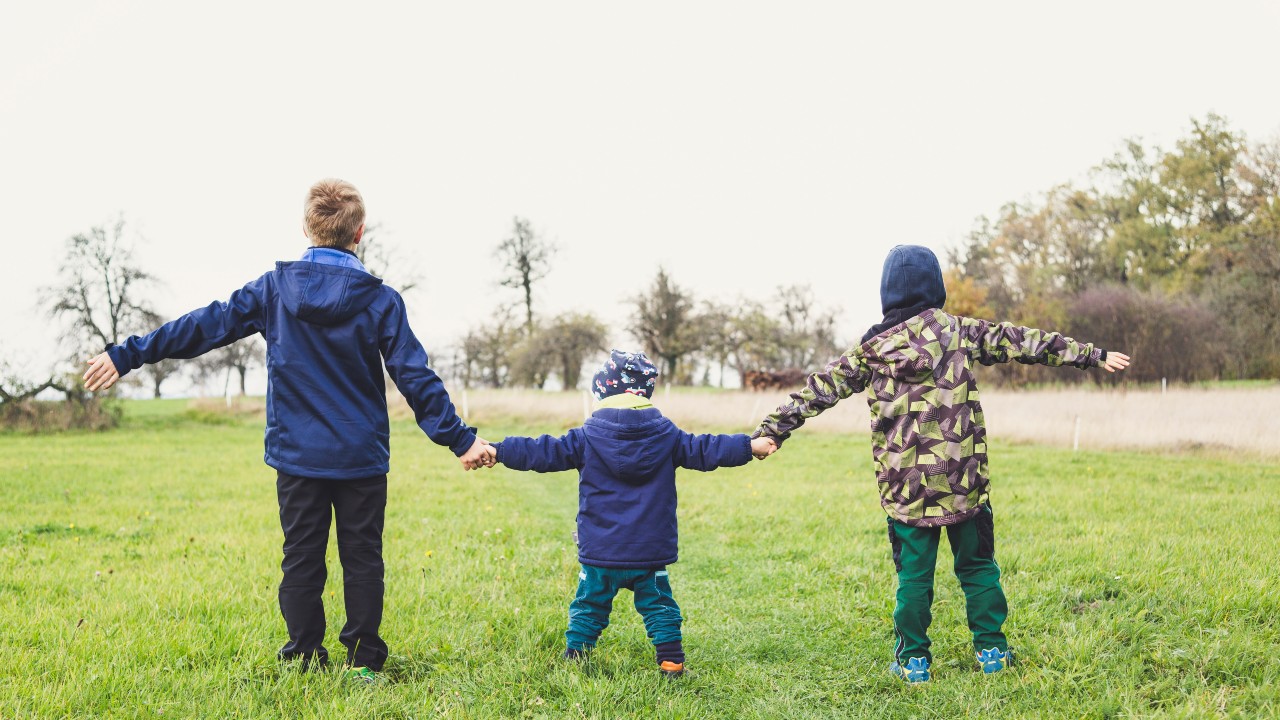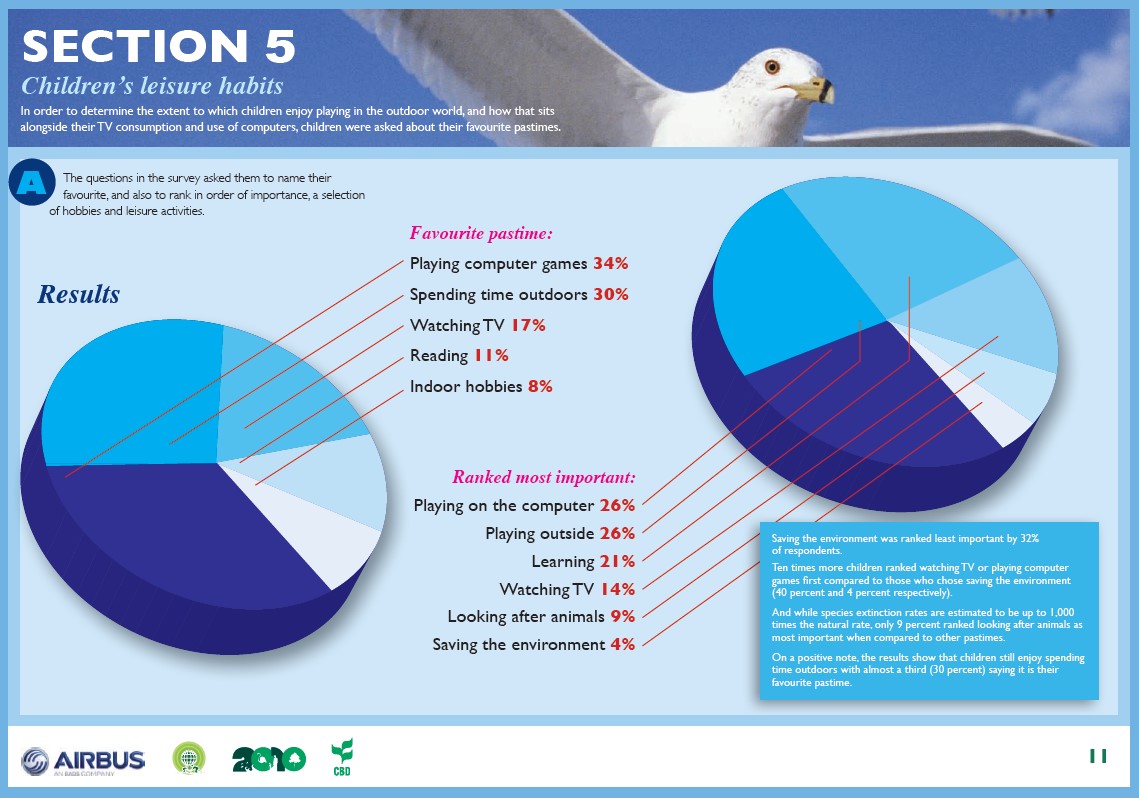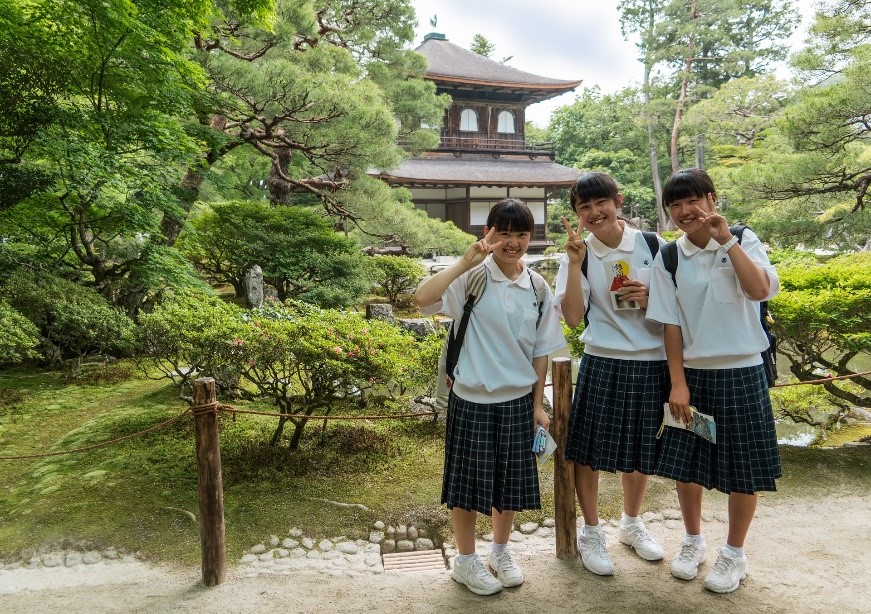
Life lessons: Bringing biodiversity into the classroom
When asked what was most important to them, 10 times as many children ranked watching TV or playing computer games first compared to those who chose saving the environment, according to a survey of 10,000 kids in 10 countries. Conducted for the International Year of Biodiversity (2010), the Airbus Bio-Index also found that 15 percent of students aged 5 to 18 did not know what “endangered species” implies.
From the policy engagement of the Global Youth Biodiversity Network to the school strikers of Fridays for Future, young people are leading the way in calling for transformative change on biodiversity and climate. But they can’t carry out this leadership role if they lack knowledge of the planetary emergency and how to solve it. That’s why learning – and teaching – are some of the most important things we can do to support biodiversity.

The United Nations stresses the importance of environmental education for achieving the Sustainable Development Goals and meeting the objectives of the Convention on Biological Diversity.
| “With nearly half of the world’s population under the age of 25, young people are critical actors for these efforts. We must do more to support young women and men in understanding the scientific, economic, social and cultural dimensions of preserving biodiversity. Young people must grasp the connections between their everyday lifestyle choices and biodiversity. They must become empowered to propose solutions to stem the loss of biodiversity through their changes in their own behaviours.” --YouthXchange Biodiversity and Lifestyles Guidebook, UNEP and UNESCO |
How can schools be part of the solution for nature?
There are many tools available to help schools and educators integrate biodiversity into their curricula. Whether you’re bringing nature into the classroom or taking a forest fieldtrip, follow these tips to make the grade.
- Investigate teacher training resources and opportunities.
- Make room for natural spaces on campus, like planting a biodiverse garden.
- Get inspiration from local and indigenous knowledge.
- Explore biodiversity education resources.
- CBD Resources for Children and Youth
- CBD Resources for Teachers
- UNESCO Resources

Getting their hands dirty
As many teachers will tell you, one of the best ways to learn is by doing. Schools and educators all over the world are working to educate youth on biodiversity with innovative hands-on approaches and strong community engagement.
In the US state of Michigan, children as young as five are digging in, operating a native plant greenhouse and monitoring populations of endangered plants. One teacher, quoted in The Alpena News, said:
| “Students are making the connection that plant diversity leads to mammal diversity. Place-based stewardship education connects them to their community and immerses them in real-world science and it’s quite heartwarming to watch them develop ownership of their school forest.” |
The Tribune India highlights several examples of schools celebrating Biodiversity Day with education on sustainable development and endangered species. Pushpa Gujral Science City hosted webinars with approximately 300 educators and students examining topics including the roles butterflies play in their ecosystems.
In Ireland, one school has planted a ‘micro forest’ supporting education and local biodiversity with one teacher stating:
|
“The skills they taught our students will last them a lifetime through the action-packed activities with real life learning at the core of every session.” |
A silver lining in the Bio-Index survey is that 30 percent of children said spending time outdoors was their favourite pastime. This answer was second only to playing computer games (34%) and almost double the number who said watching TV (17%). This suggests that there is huge scope for schools to tap into kids’ interest in the natural world.
The lessons we learn early on can stay with us our entire lives. By teaching students about how people are part of a larger natural system, schools can ignite the flame of life-long learning and empower kids to take action for their futures.
Resources for Schools
Learn more about how your school can support students in recognizing their connection with nature through these additional resources:
- Biodiversity Learning Kit Volume 1
- Biodiversity Learning Kit Volume 2
- WWF Biodiversity Toolkit
- Biodiversity and Climate Change
- Earth School
- Learning for Nature
- Airbus Bio-Index
- UNESCO's Commitment to Biodiversity
More information:
Global Youth Biodiversity Network